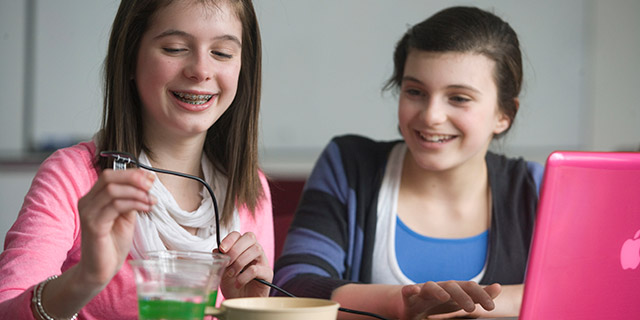Middle School Chemistry Resources
Visual simulations for teaching science to middle school students
-
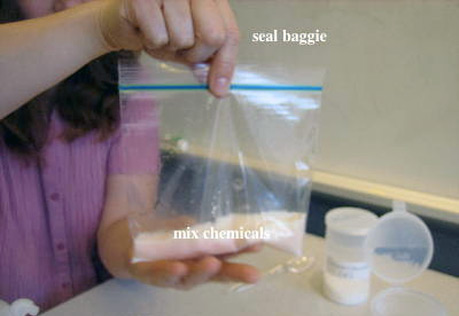
Baggie Chemistry
Household chemicals mixed in a baggie produce dramatic results.
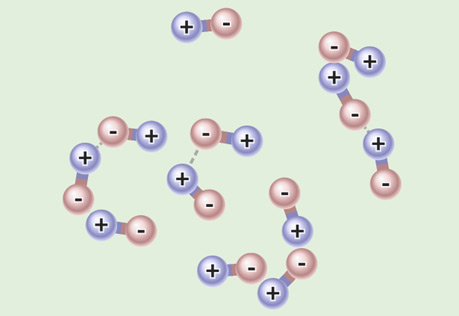
Boiling Point
This model allows you to explore why polar and non-polar substances have very different boiling points.
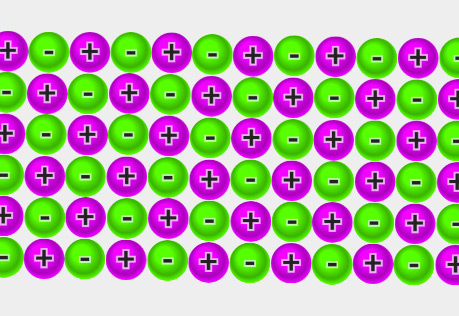
Ceramic Forces
Explore what happens when a force is exerted on a ceramic material.
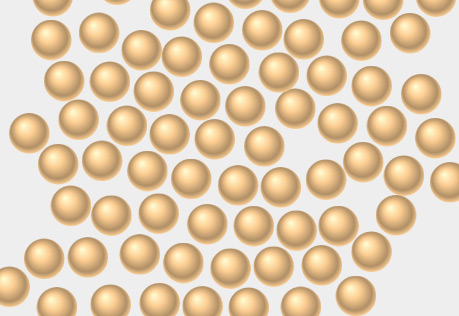
Charged & Neutral Atoms
Explore the role of charge in interatomic interactions.
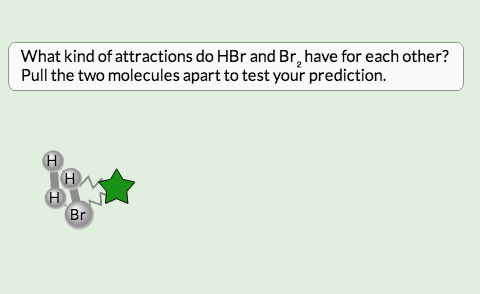
Comparing Attractive Forces
Explore different attractive forces between various molecules.
Build Your Own Collection of Resources
Create a free account and collect the resources you want to use with your students in one location for easy access.
Create Account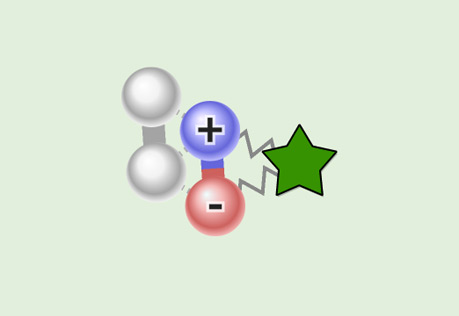
Comparing Dipole-Dipole to London Dispersion
Investigate the difference in the attractive force between polar and non-polar molecules.
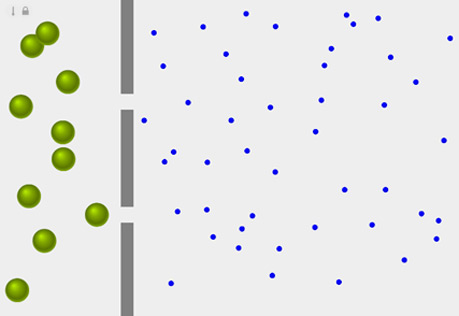
Diffusion Across a Semipermeable Membrane
Explore the role of pore size in the diffusion of a substance across a membrane.
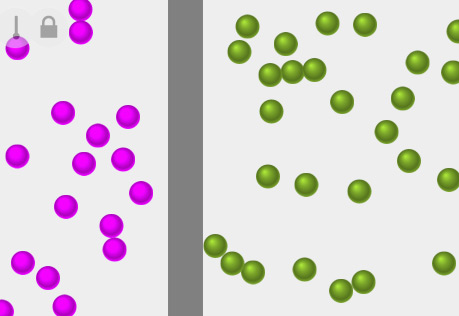
Diffusion & Molecular Mass
Explore the role of a molecule's mass with respect to its diffusion rate.
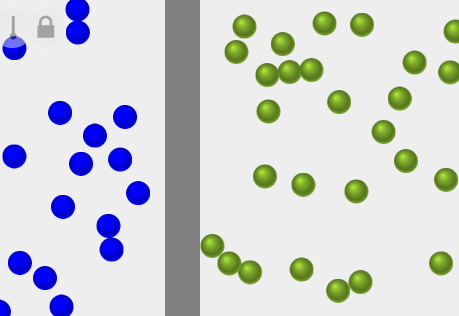
Diffusion & Temperature
Explore the role of temperature in the rate of diffusion of a substance.
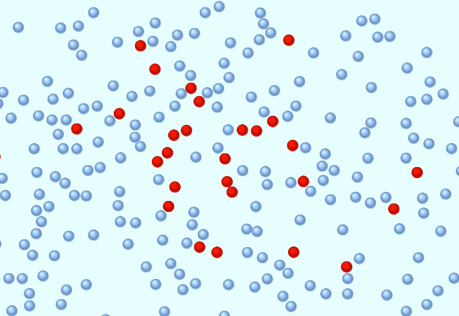
Diffusion of a Drop
Explore the random molecular motion of a dye in water.
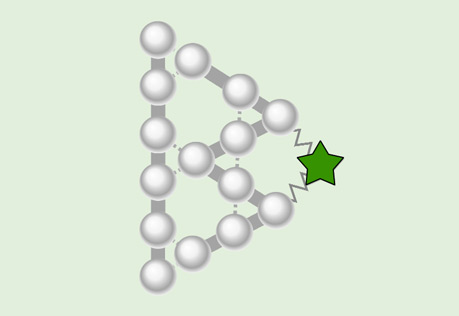
Factors Affecting London Dispersion Attractions
Explore the role of size and shape in the strength of London dispersion attractions.
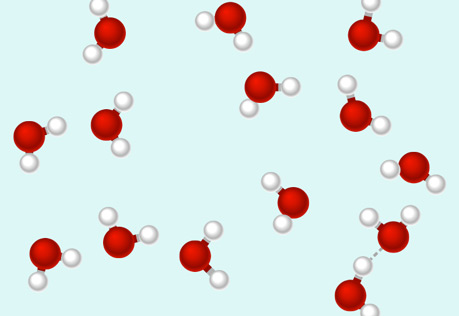
Hydrogen Bonds: A Special Type of Attraction
Explore the polar molecule interactions known as hydrogen bonds.
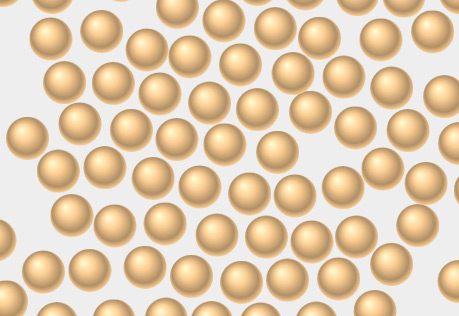
Intermolecular Attractions & States of Matter
Explore how states of matter are related to the strength of intermolecular attractions.

Melting Ice
What is the temperature of ice as it melts?
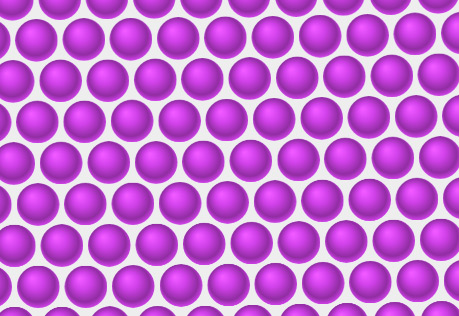
Metal Forces
Explore what happens when a force is exerted on a metallic material.
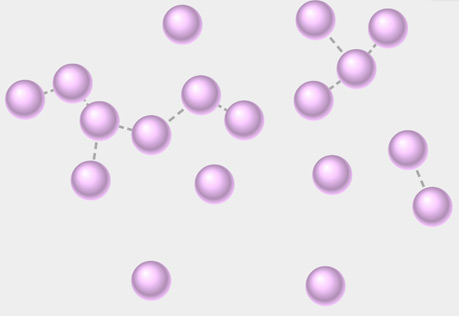
Molecular View of a Gas
Explore the structure of a gas at the molecular level.
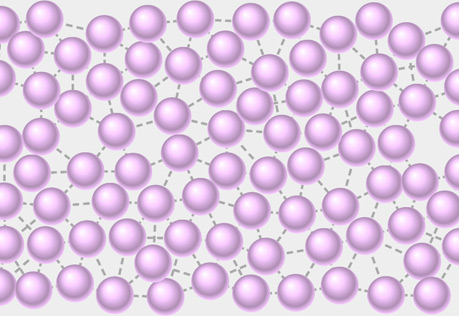
Molecular View of a Liquid
Explore the structure of a liquid at the molecular level.
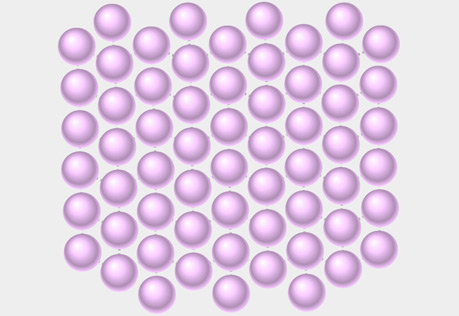
Molecular View of a Solid
Explore the structure of a solid at the molecular level.
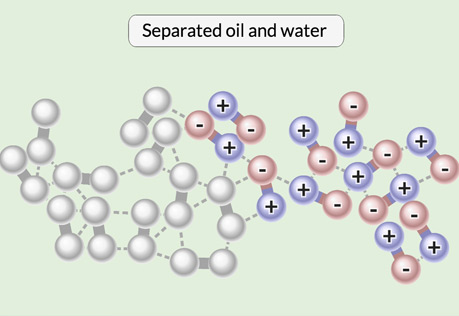
Oil & Water
Explore the interactions that cause water and oil to separate from a mixture.
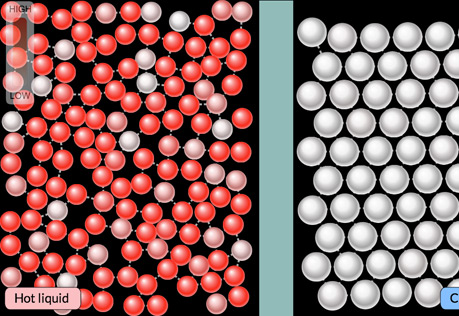
Phase Change
Explore what happens at the molecular level during a phase change.
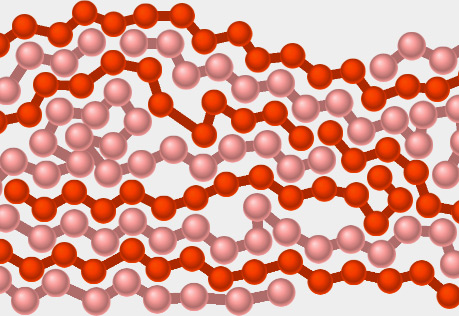
Plastic Forces
Explore what happens when a force is exerted on a polymeric plastic material.
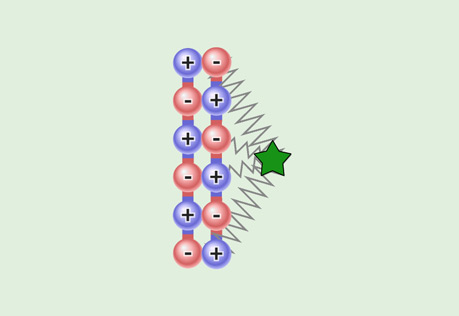
Polarity & Attractive Strength
Explore the role of polarity in the strength of intermolecular attractions.
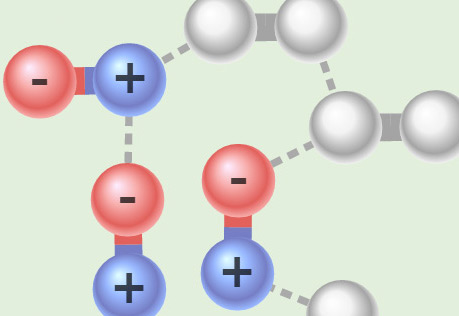
Seeing Intermolecular Attractions
Explore different types of attractions between molecules.
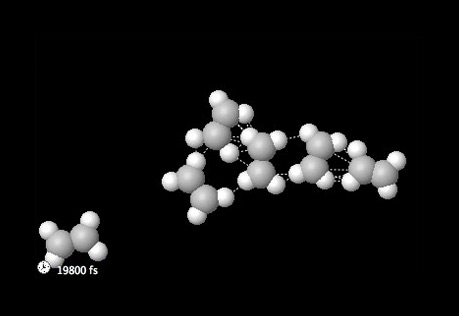
States of Matter
How do the forces and attractions differ between the states of matter?
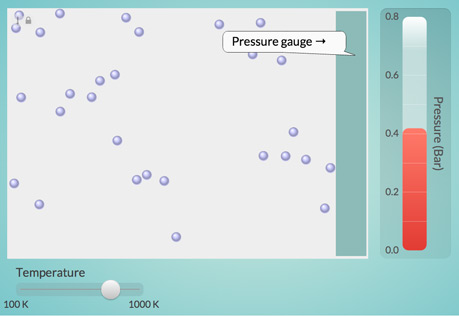
The Temperature-Pressure Relationship
Explore the relationship between the temperature of a gas and the pressure it exerts on its container.
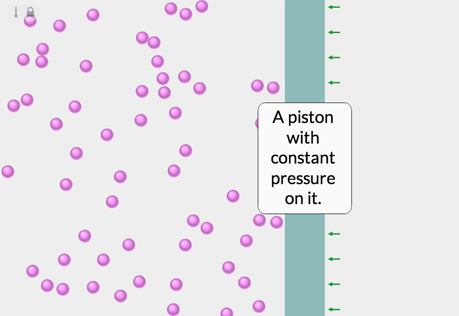
The Temperature-Volume Relationship
Explore the relationship between the temperature of a gas and its volume.
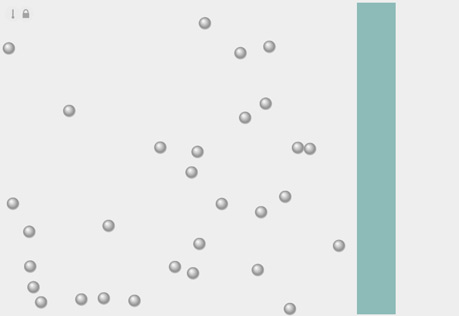
The Volume-Pressure Relationship
Investigate the relationship between the volume of a gas and the pressure it exerts on its container.
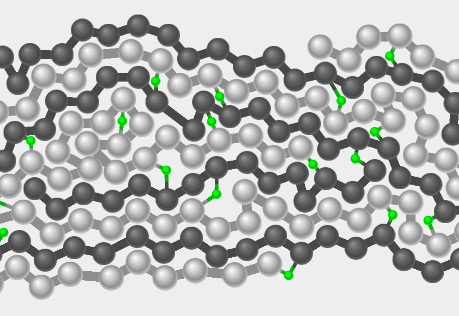
Tire Forces
Explore what happens when a force is exerted on a rubber tire.
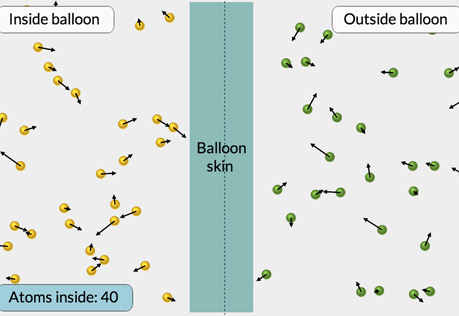
What is Pressure?
Explore pressure at the atomic level.
“Wish I learned science this way—far more interesting than reading chapters in a book.”
